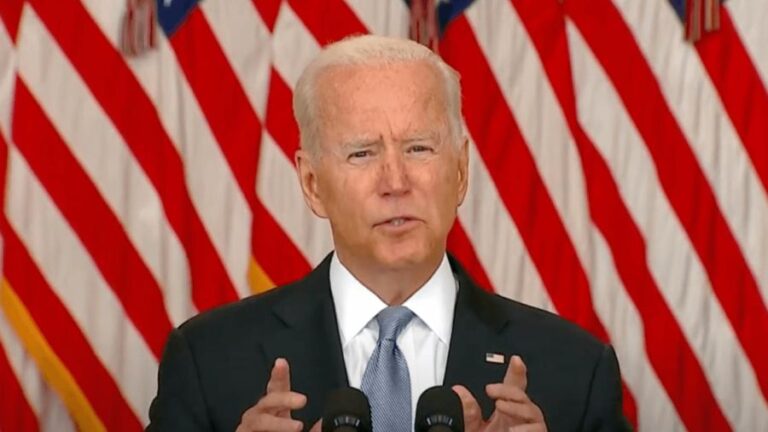Shifting Sands in a Post-Daesh Mid East
“Diplomacy is the art of telling people to go to hell in such a way that they ask for directions.” ― Winston S. Churchill
I will not say I predicted the emergence for a post-Daesh NATO-like coalition among those who had been targeted for destruction by the real War of Terror crowd. But I certainly felt that after the huge losses incurred by Syria and Iraq there would be a populist call for “Never Again”, and moves to form strong regional long term anti-terror coalitions to nip any future such assaults in the bud.
It was obvious to all of us who watched this Rocky Horror picture show that the US coalition was not spreading freedom and democracy, but death and destruction. And they used an established multinational military formation, NATO, not for the defensive purposes for which they were formed but for offense, to take control of targeted countries using proxy terrorists.
Those who so far have survived did so because they had outside help, and not from altruistic, disinterested countries. It came from those who knew they were on the subjugation list themselves. They borrowed a phrase from America during WWI, which was “Better to fight them over there than over here”. Both Syria and Iraq survived because Iran and Russia knew those countries were the front lines of defense for their own countries.
Should “Balkanizers” be listed as terrorist countries?
Hezbollah knew the Israelis were in up to their eyeballs providing military and logistics support to the terrorists on Syria’s southern front. It realized that if Syria were closed down as a supply line to keep Hezbollah strong enough to dissuade Israel from attacking Lebanon, then it would be just a matter of time before the Zionists would attack them again after a suitable provocation had been arranged.
Iran saw a dangerous threat to its homeland if Iraq was Balkanized, the Western Sunni areas becoming a Saudi colony brimming with offensive military power. And the Kurds would invite the Israelis in, and with US help would build a massive forward air base with which to threaten Iran; and I am talking not only air power but advanced missiles.
Iran saw clearly that its front line was not its border with Iraq, but the Lebanon border with Israel, the Syrian border with Jordan, and the Iraqi border with Saudi Arabia and Kurdish Iraq.
Corporate media never covered one of the most important aspects of the War of Terror against Syria that was actually a World War against this one country.
Syria was not an extremist country, but one which had a diverse citizenship that had a history of tolerance despite its history of tribal competition not uncommon in the Arab world. Syria was fighting two World Wars actually.
Jihadis have free movement across foreign borders
The first one evolved despite all the massive post-911 travel surveillance. Everyone getting on a plane was supposed to have their backgrounds checked while in flight to determine whether they will continue on with their trip when they landed, or be questioned or arrested based on what came up.
Nevertheless, these controls seemed to have been waived for state-sponsored terrorists. Any yes, many of these airports use Israeli “security firms” to do some of this work, a perfect intelligence operation say if you wanted to make sure you could always pass a terrorist operation through an airport. This is a huge scandal.
When I was in Syria during the 2014 election as a monitor, the Speaker of the Parliament, Mohammad Jihad al-Laham, told my US-Canadian group that they were holding jihadi PoWs from 65 countries, and I am sure more now. We were astounded.
The second World War derived from the US coalition, with a good number of NATO partners, including the usual ex-colonialists, always dreaming of reestablishing control over former colonies, all ganging up on Syria. We saw how France’s Macron jumped on the Syrian gassing false flag hoax to join the chorus threatening to bomb Syria.
These countries facilitated moving hordes of cannon-fodder foreign terrorists into Iraq and Syria as part of the war of attrition against the Assad regime which they felt was only a matter of time before they would win, and they almost did.
So we sit here having watching a so-called anti-terrorism coalition having turned into the biggest, most organized and funded terror campaign in world history with not even one of the perpetrators charged.
Enter the real counter-terrorism effort
After moving Russian rescue forces into Syria, Putin stated that with thousands of former Soviet-state jihadis fighting in Syria, he did not wanting them returning to Russia where they could share their new combat experience by training local recruits – it was better to kill them in Syria. The last report I remember him claiming the tally was over 5000, and a lot of Russian lives saved.
As the US Coalition and ISIS’ imminent failure became obvious, the US coalition – the major sponsor of the proxy terrorism – made a pitiful attempt to punish Iran for its helping both Iraq and Syria. The coalition used Israel as the junkyard dog to claim that Iran was the major supporter of terrorism in the region and had to be stopped. Western media gave this headliner exposure, but never mentioned a word about the growing evidence showing $100 billion plus terror campaign to break up those countries.
Everyone saw through the scam, that the coalition was creating a false excuse for keeping its forces in place “to defend the Mideast”, when none of its members were inside Syria legally.
Lessons from Iraq’s Fight against ISIS
In Iraq’s case, its army took huge material and personnel losses at the beginning of the ISIS onslaught. Sunni defectors from the army joined the old Ba’ath Party officer corps that led ISIS with Saudi arms and money.
They helped ISIS capture the ammo and equipment depots of Mosul so they could arm the Syrian ISIS forces to be able to fight in traditional military-sized formations. Over 65 Iraqi Sunnis were hanged for their Mosul crimes.
Iraq at one stage was suffering a “death by 1000 cuts” campaign with small isolated units being picked off one by one as happened in Syria. It needed more manpower, which came when the call went out among the Iraqi Shias to form what we would call in the US the national guard units.
These were military formations trained to regular military standards; and Iran played a key role, not only in helping arm and train these units, but providing combat technical support for them, such as coordinating Intelligence and running the drone operations.
These units came to be called the Popular Militia Units. Many of these were incorporated into local areas where they were familiar with the people and landscape and talents. They had their own engineers, medical people, and trained administrators for handling refugees – all the needed talents for the asymmetric war they were in. Iran helped fund these militias for the financially strapped Baghdad government.
Their total numbers were reported to be in the 80 to 100,000 range, eight to ten divisions. This additional combat-effective manpower allowed the regular military to take on the larger concentrations of ISIS in their city bastions, like Mosul and the medium-sized towns, while the militias fought the smaller unit insurgent war.
Anti-propaganda began quickly in the West that these militias were “Iranian units”, a lie of course, as no one called Europe’s NATO members “American units” because the US bore most of the cost for NATO. Almost no one in the US knew that the popular militias were under the direct command of Prime Minister Abadi.
This anti-propaganda carried over after ISIS was defeated in Iraq, with calls from Israel and Saudi Arabia for Iraq’s “Iranian units” to be disbanded. This was of course the last thing that needed to be done, which the threat of the Kurdish secession war quickly showed.
Iraq flexes it post ISIS independence muscles
The Iraqi Parliament had already called for a date to be set for US troops to be out of the country. With Iraq having so many combat veterans now, the idea that it needs the US to train its army is a bad joke.
The big news is the Popular Militias are being merged into the formal military command, with equal pay, benefits, and access to the command colleges, and pensions. I don’t think Iraq would be doing this for “Iranian units”, a construct so silly it could be compared to Catholics in the US military being call the “Vatican units”.
The Popular militias are now a formal National guard force – ten divisions of combat veterans who are keeping their uniforms, guns and equipment. And they will play a role in weeding out the ISIS sleeper units hiding all over the country.
Iran and Iraq are already in a defensive coalition, with Iran offering to help rebuild the devastated areas of Iraq. The Kurdish-Israeli caper crashed and burned, and Iraq and Turkey have announced plans for a joint offensive to clear eastern Turkey of Kurdish insurgents and to end that instability.
The hands of both will then be free to deal with the US’s new proxy army in Syria, the northern Kurds. Iraq upset the US with its surprise announcement that it wanted to buy Russian S-400s to defend against its aggressive neighbors like Saudi Arabia, which played the key role in spreading Islamic terrorism throughout the Arab world with the US’ blessing.
The US can no longer hide what it has become, or maybe, as some are saying, has always been, a threat to any and all that will not submit. The EU is getting a good taste of that recently with a US trade war looming in its doorstep.
The EU had joined the US anti-Russian sanctions when it had a $110-billion trade surplus with Russia. Now it finds itself in the US sanctions crosshairs. What wonderful poetic justice that is. We will have to wait and see if the EU learns anything from it.







